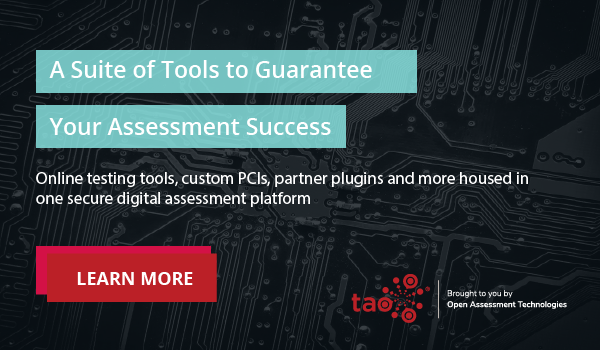One thing about COVID-19 is clear: the pandemic has accelerated the movement toward key improvements in remote learning. As the needs and demographics of students change, higher education institutions are seeking solutions that offer additional flexibility, without sacrificing the quality of instruction, in the distance learning experience.
However, not all remote learning technologies are made the same. Education leaders must seek solutions that meet the demands of the rapidly evolving industry. More than ever before, it’s vital to maintain high standards for new introductions into the tech stack.
To support leaders in this decision, we’ve put together a list of strategies that will determine the success of colleges, universities and their students, in the new remote learning landscape.
1. Prioritize Ease of Use & Support in EdTech
Remote instruction introduces a new mode of learning — and with it, technology complexities. However instructors combine new instructional approaches and tools, it’s critical that they’re attentive to supporting students through complexities. Part of this support involves guiding students through the new IT aspects of the virtual classroom.
However, most instructors don’t have the time or experience to put on their IT support hats. That’s why tools with built-in UX features, simple troubleshooting methods and ongoing support are crucial. When the technology is built for ease-of-use at its foundation, instructors can return to teaching instead of troubleshooting software or network connections. Seek out platforms that offer a user interface that is clear, flexible and easy to use — and a dedicated support team ready to help.
To learn how to select the right remote testing technology, check out post on What to Look For in Digital Assessment Technology.
2. Find Ways to Continue Personalization
Hands-on, personalized learning experiences have long become the standard of modern education. However, how can this granular approach to instruction translate into a virtual classroom?
Technology tools based on adaptive learning and testing are a key solution to maintaining personalized learning interactions. Within an adaptive platform, students become self-regulated, empowered learners, leaning on content that’s customized to their skill level or course mastery.
Adaptive EdTech tools gather data from learning interactions and deliver customized resources to address the needs of each learner. By investing into technology that leverages this approach, colleges and universities can ease the weight off of both the instructors and students while benefiting from modern and effective approaches to education.
3. Improve Your Approach to Data
Now that students rarely, if ever, have the opportunity for face-to-face interactions with their instructors, recognizing them on an individual basis has become an imperative need. In this regard, participation, performance and engagement are metrics of critical importance. That’s why institutions must better leverage this data to evolve for better understanding and visualization of student learning.
An important part of how your institution handles data remains with your EdTech stack. Luckily the right technology standards can help you maintain that approach. For example, IMS Global is a powerful force for enabling the interoperable ecosystem of technology that now makes up the foundation of higher education. The IMS standards framework enables the agility needed to improve the remote experience — and plug in new tools and technologies as necessary.
—
Find technology solutions that can evolve with the current state of the industry while putting student and instructor experience first. Prioritize the tools that enable flexibility for any features you create as technologies, requirements and the state of education change down the line.
Need more advice on how to tackle the remote landscape? Speak to one of our specialists about migrating your institution from outdated or proprietary solutions to an interoperable system that meets your needs.


